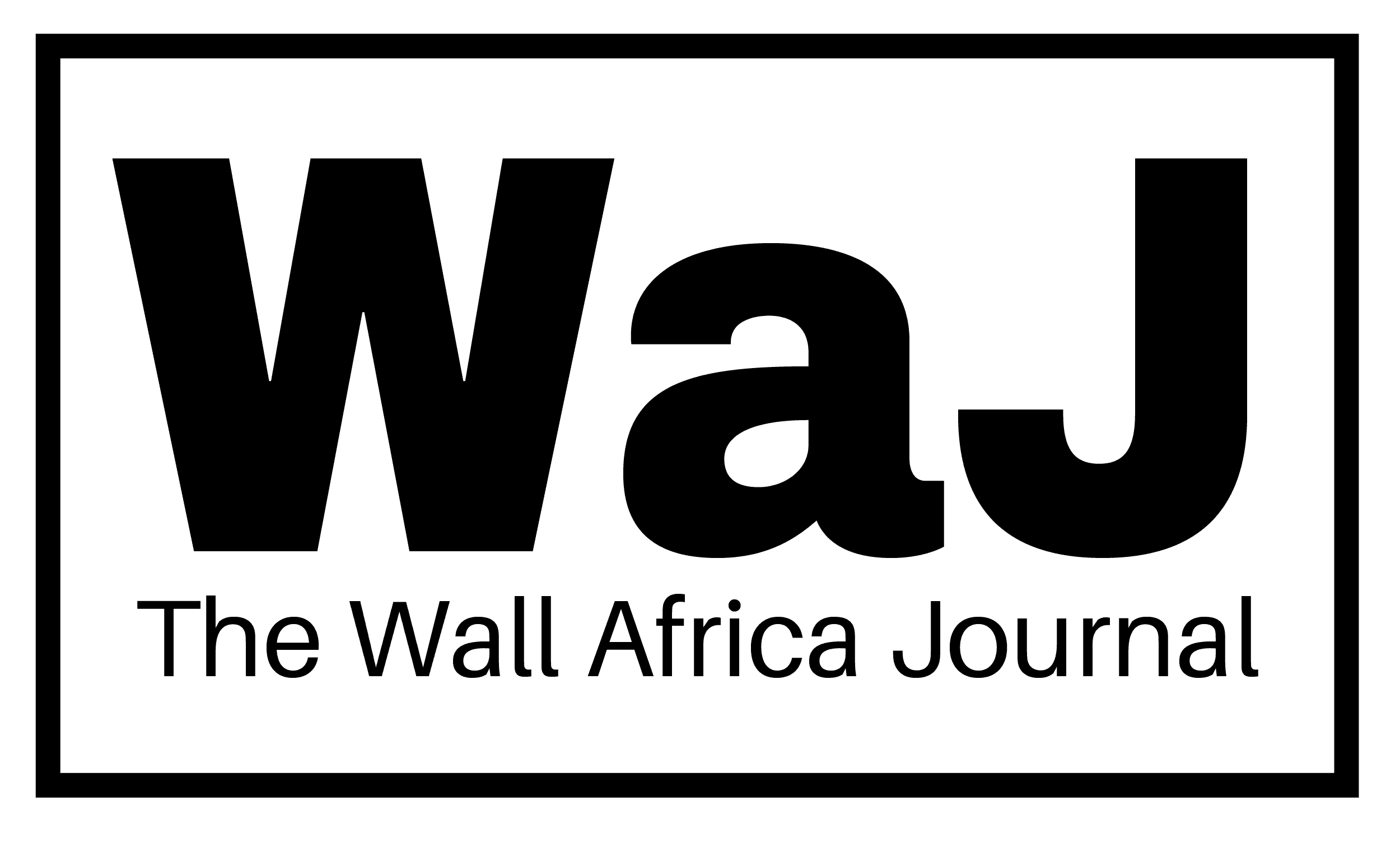Namibia has become the first country in Africa to open a large-scale iron production plant that runs without releasing carbon emissions. The new facility, called the HyIron Oshivela Plant, officially opened on Friday in the Erongo Region, marking a major step in Africa’s clean energy transition.
The plant uses solar energy and green hydrogen instead of coal or gas to produce iron. This process cuts out carbon emissions completely, setting a new standard for environmentally friendly manufacturing on the continent.
During the launch event, President Netumbo Nandi-Ndaitwah described the project as a bold move toward economic and environmental change. She praised the country’s potential to lead the way in clean industrial growth. “This project proves that Namibia is ready—not just with resources and renewable energy, but with talent and political commitment—to build a greener future,” she said.
A Fast-Built Facility with Global Impact
The HyIron Oshivela Plant was built in under a year. It cost about 600 million Namibian dollars, or roughly 31 million U.S. dollars. Production is expected to begin later this month. The facility’s initial output will be 15,000 tonnes of iron per year, but there are plans to scale that up to 2 million tonnes annually by 2030.
What sets the plant apart is its off-grid energy system. It runs on a smart microgrid that balances power from solar panels and battery storage. This ensures the plant works efficiently, even without relying on the national power grid.
A major component of the facility is a 12-megawatt electrolyzer built by Peric Hydrogen Systems, a Chinese company. It is currently the largest unit of its kind in southern Africa. The electrolyzer uses solar electricity to split water into hydrogen and oxygen. That hydrogen then fuels the iron production process, replacing carbon-heavy methods used in traditional plants.
Shifting from Exports to Local Production
Namibia has long relied on exporting raw materials like minerals. Now, the government wants to increase local processing to create more economic value and employment opportunities, especially for the youth.
Officials say value-added products like green iron can bring in up to eight times more income than unprocessed raw materials. This strategy also supports the country’s wider goal of economic diversification, reducing dependence on mining and exports alone.
A Model for the Continent
The HyIron Oshivela Plant is not only a national achievement—it is a model for the region. As the world seeks ways to reduce emissions from heavy industries like steel and mining, Namibia is showing how renewable energy and innovation can come together to build cleaner economies.
The government continues to promote its green hydrogen sector, seeing it as a key driver of long-term growth. This launch reinforces Namibia’s role as a rising hub for sustainable technologies in Africa.
With this plant, Namibia is setting the pace—not just in clean manufacturing, but in reimagining what’s possible for industrial development across the continent.



